Berthon and the RNLI
April 28th, 2020
Berthon Boat Company has enjoyed a long association with the RNLI. We have proudly built a number of Arun, Severn & Shannon Class lifeboats, for which Berthon still provides in-service support wherever required.
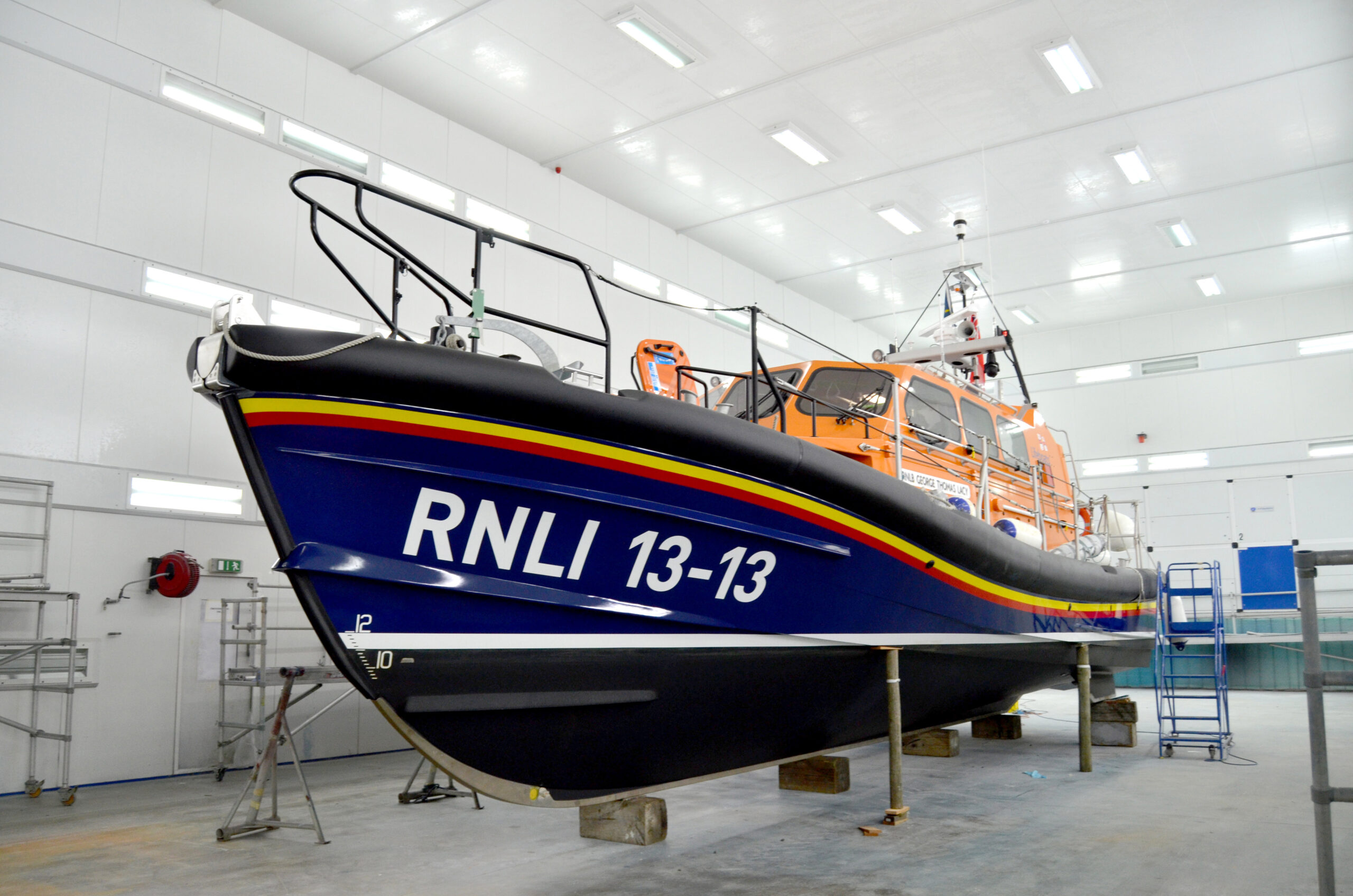
As a company we are also delighted to support the Berthon employees who volunteer for our local Lymington Lifeboat station – Ben Bradley-Watson from Berthon Marine Services who is an RNLI crewmember – all pictured below, in order.
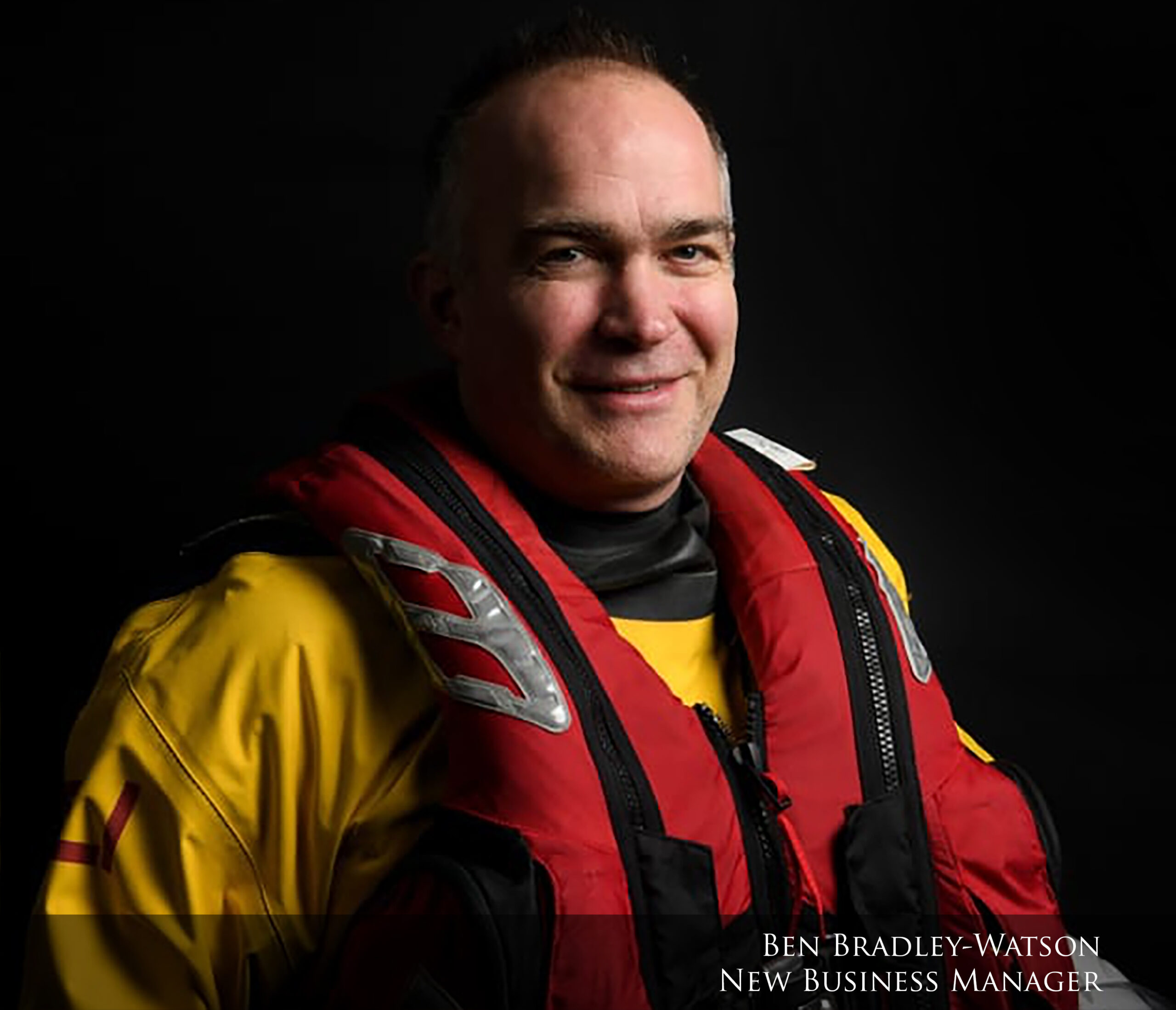
We caught up with Ben to find out what is involved on a typical “shout” or callout.
“There is no such thing as a typical shout; we respond to such a variety of incidents and two shouts are never the same. For example, we respond to calls from severely injured yachtspersons, to lost dog walkers, to sinking vessels – to people stuck inside a lazarette! Each shout is unique and we approach each shout with the information we have available to us at the time.”
What happens before you launch?
“The Coast Guard will initially take details of the incident from the first informant. This could be from the casualty themselves or a concerned member of the public and is received by various means, including VHF Ch16, DSC, phone calls or flares.
The next step is for the Coast Guard to contact the station Deputy Launching Authority (DLA). As the RNLI is an independent Search And Rescue (SAR) organisation, authorisation is required from the RNLI before a lifeboat can be launched. Once the launch has been approved, the Coast Guard will page the crew. Typically the response time from the pagers going off to the boat hitting the water is around 7 minutes, day or night.
These are a very important 7 minutes; as a helm I need to understand what the details of the incident are, the DLA will call the station to pass on the information he has been given by the Coast Guard while we are getting into our dry suits and PPE. We need to check that we have the right equipment on-board the lifeboat to respond effectively, this includes making sure we have the right skillset amongst the crew.
For example, if we are responding to a medical emergency, I would want at least 2 other Casualty Care trained crew members aboard the lifeboat to aid the casualty. If the vessel is suffering from mechanical failure and time is not a critical factor, maybe I would wait an extra couple of minutes until one of the crews with an engineering background responds.”
It is clearly a well-practised drill for a dedicated and experienced crew.
Before launching the Lifeboat, Ben explains how he carries out a ‘SMEAC’ briefing with everybody involved in the shout. This is a process taken from the military and enables his crew to quickly disseminate all of the critical information to the volunteers responding. SMEAC stands for ‘Situation; Mission; Equipment; Administration; Command & Communication.’ The briefing lets his entire crew know what the situation they face is, how they intend to deal with it, any equipment they may require, and what seats and functions the crew will carry out aboard the boat.
Once the briefing has been completed, the crew and shore team will then launch the lifeboat. To launch the lifeboat safely at Lymington takes an additional 10 shore crew as well as a tractor driver, as the slipway is a hotspot for locals and tourists. Safety is paramount when launching and recovering the lifeboat and with such heavy machinery in use, teamwork is essential.
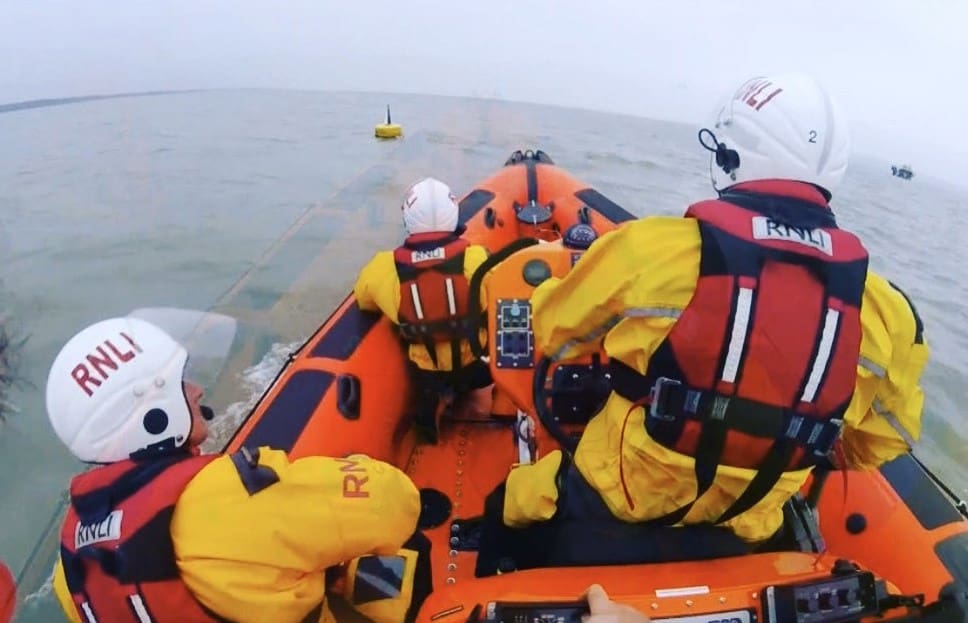
Ben continues: “Once launched, we will quickly establish communication with Solent Coast Guard on VHF Ch 16, we then transfer to a secure VHF channel where they will provide us with more information about the tasking. Quite often the information we receive at this point will have changed from the initial information provided to us, so we adapt and, if required, plot the casualty’s new position.”
“We then proceed to the casualty and assess the situation. Great emphasis is placed on dynamic risk assessments when training for a helm position. At all times, my primary responsibility is to my crew, myself and the boat.”
The RNLI frequently work alongside other organisations, coordinating rescues with Coast Guard helicopters, the Fire Brigade, Police and Ambulance services, as well as Lymington Coastguard Rescue Team (CRT).
Lymington CRT (coming under the auspices of Maritime Coatguard Agency) have a training facility at Berthon, including storage for a few vehicles. It can be a good “heads up!” that the lifeboat has been called out when we see them leaving the site with their sirens and blue lights flashing!
Once Ben’s team have dealt with the casualty and the situation is resolved, they recover the boat and ready her for the next shout. This entails a full check of all the systems onboard, the replacement of any medical equipment that may have been used and most importantly, the team must fully refuel the boat.
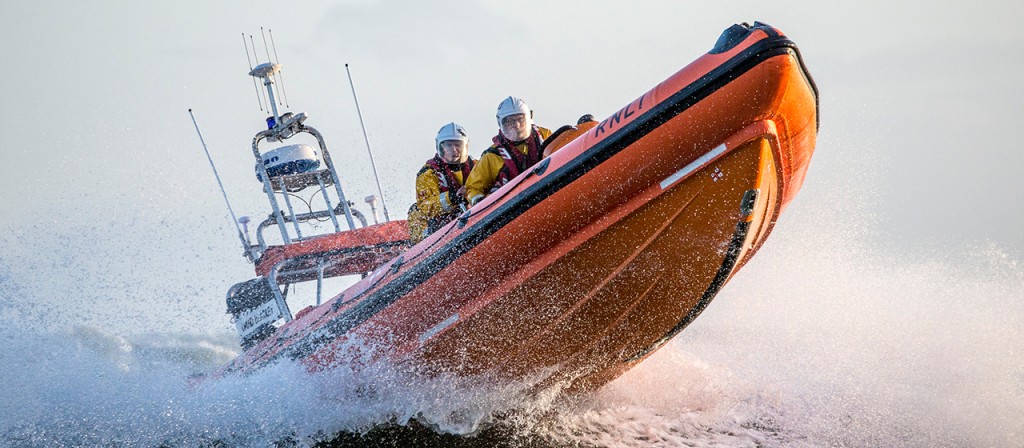
The Lymington Lifeboat typically responds to 50/60 shouts a year. With training carried out once a week, regular competency-based assessments as well as other PR requirements, it is a serious time commitment, but one that all volunteers enjoy.
“The camaraderie within a lifeboat station is definitely one of the reasons I volunteer.”
We would also like to bring attention to the outstanding work carried out by Community Support Officers. These volunteers work tirelessly to promote the safety messages and campaigns launched by the RNLI, including the “Float to Live” and “Respect the Water” promotions.
They also carry out life jacket clinics and offer informal meetings on-board an owner’s boat, to help ensure the safety equipment is fit for purpose, giving free fantastic advice to boat owners, so do keep an eye out for a life jacket clinic coming to a marina near you soon.
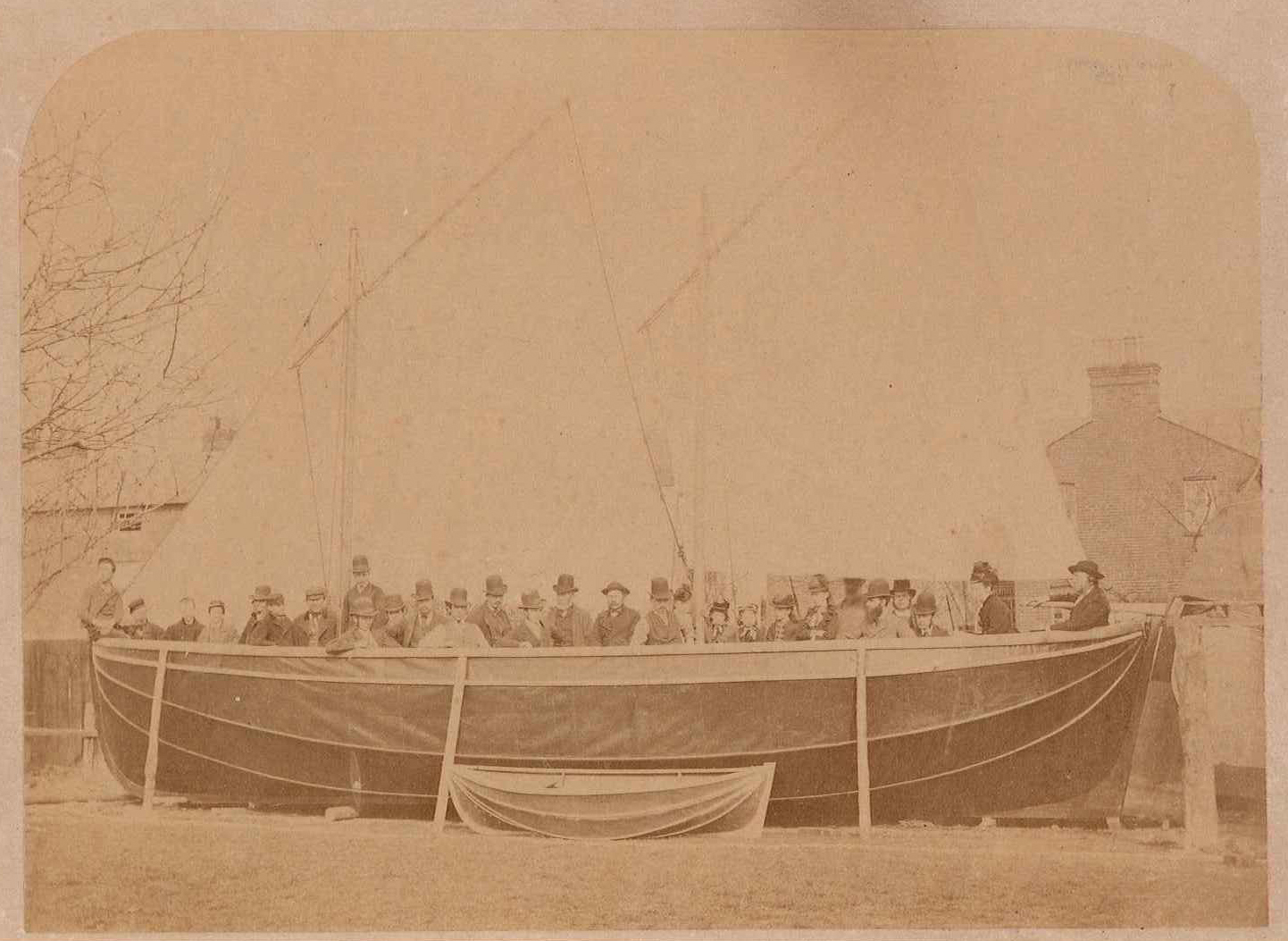
From EL Berthon’s collapsible lifeboat designs from the 19thCentury (picture above) to the state-of-the-art equipment the RNLI presently uses, Berthon has a long history of helping those who save lives at sea and will continue to proudly do so.
More information about the RNLI, including links to donate, can be found at www.rnli.org
The Float to Live and Respect the Water campaigns can be seen here https://www.respectthewater.com/ and https://rnli.org/safety/respect-the-water

